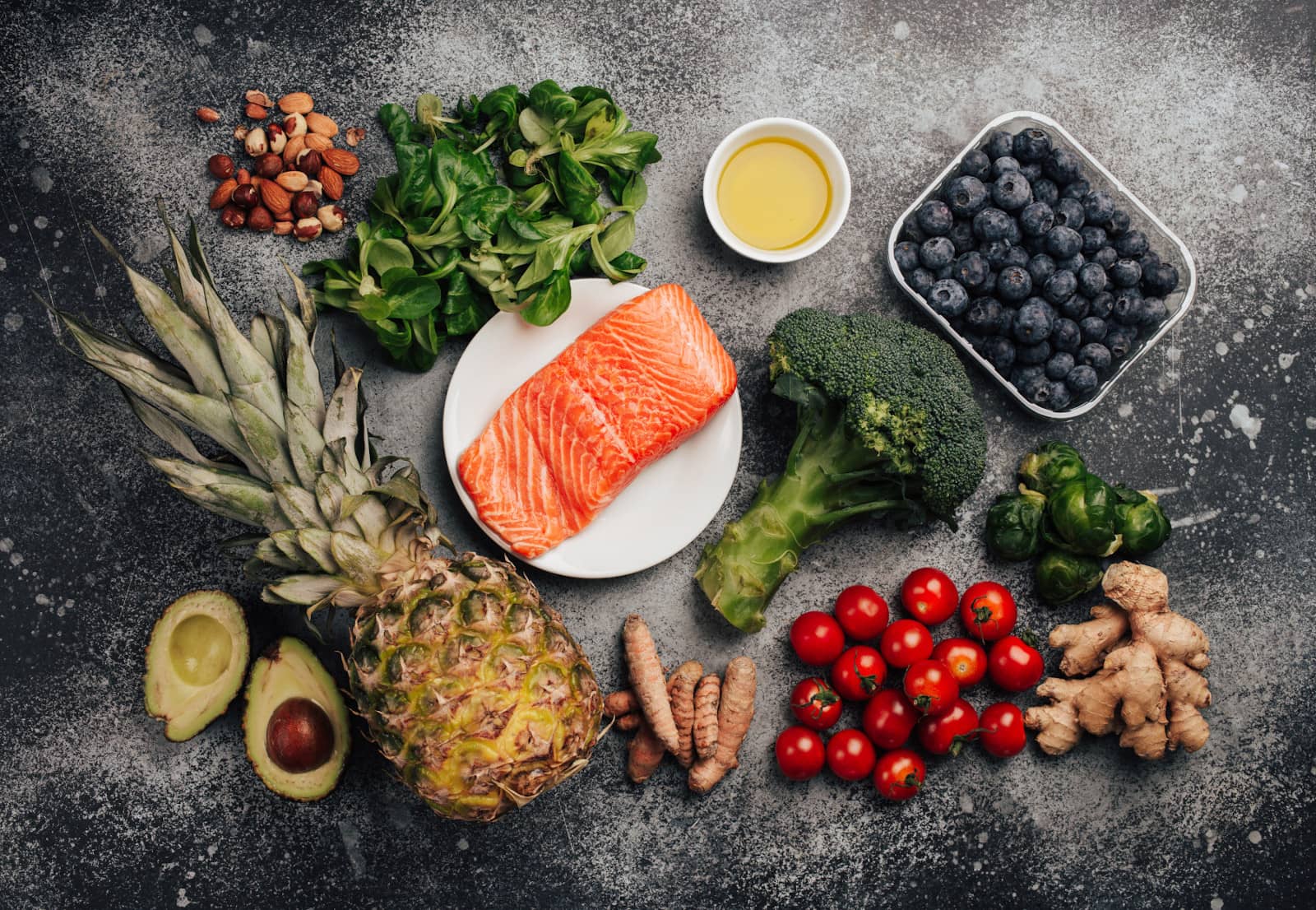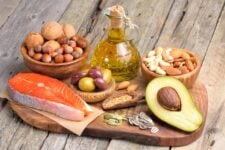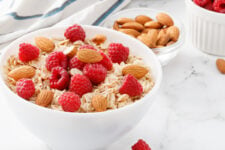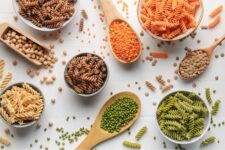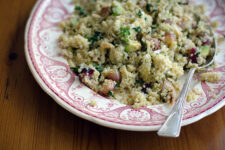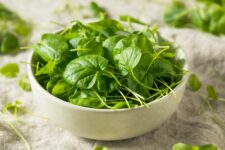Colorful plant foods in their whole, unprocessed form have one thing in common: they’re anti-inflammatory! When included routinely in the diet, anti-inflammatory foods can fight inflammation in the body, which can be a powerful tool for improving many chronic diseases (1, 2).
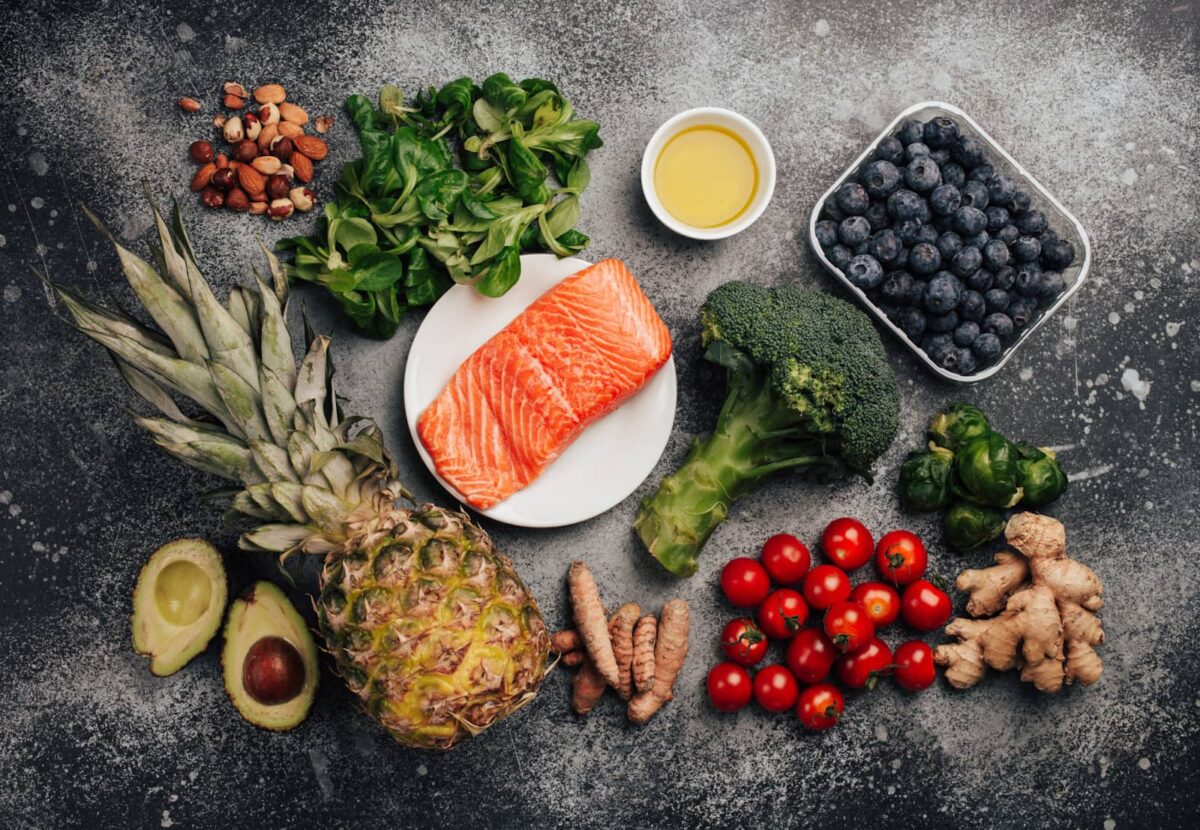
The list below provides an overview of the strongest anti-inflammatory foods to focus on if you’re trying to reduce inflammation in your body.
What is Inflammation?
Inflammation is the activation of the body’s immune system in response to various threats, including microbes and injuries. There are two types of inflammation: chronic and acute.
- Acute inflammation is short-term and happens as a normal response to an injury, such as a cut or a broken bone.
- Chronic inflammation happens when the immune system is activated against a body system in the long term, such as the digestive system or cardiovascular system (1).
Chronic inflammation is of particular concern to health because it’s been linked to a number of chronic diseases, including diabetes, cardiovascular disease, cancer, rheumatoid arthritis, and certain digestive disorders (1).
There are many ways to reduce inflammation in the body, such as lifestyle, diet, and medication. Anti-inflammatory foods, in particular, can have a powerful effect on lowering inflammation (2, 3).
What is an Anti-Inflammatory Food?
Generally, anti-inflammatory foods are plant foods in their whole, unprocessed form (2). These foods have been shown to lower inflammation levels throughout the body and help improve chronic conditions impacted by inflammation.
Anti-inflammatory foods contain natural anti-inflammatory properties by way of compounds such as antioxidants, which help fight harmful free radicals in the body, and phytochemicals, which are chemicals produced by plants that have health benefits (2).
Top Categories of Anti-Inflammatory Foods
If you’re interested in following an anti-inflammatory diet, consider using the food list below to ensure your weekly grocery list contains foods from each of the following categories.
1. Whole Grains
Whole grains are defined as grains in their unrefined form, with all the parts of the original grain intact.
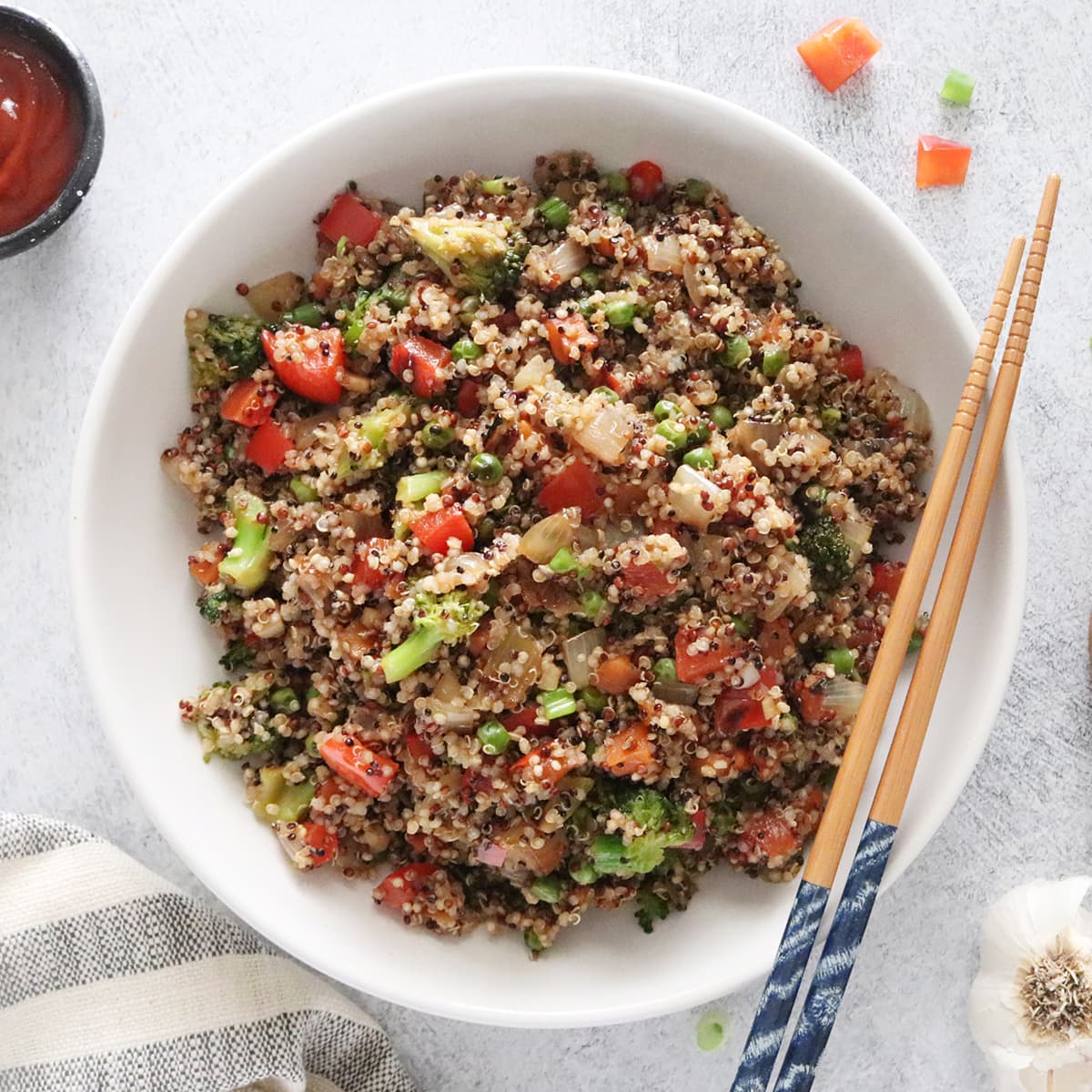
Whole grains contain fiber, antioxidants, and phytochemicals that have been shown to reduce inflammation in the body. This has been specifically demonstrated in type 2 diabetes, metabolic syndrome, and high cholesterol (4). Common sources of whole grains include:
- Brown rice
- Oats
- Barley
- Quinoa
- Farro
In contrast to whole grains, pro-inflammatory carbohydrates can worsen inflammation when consumed in excess. These include refined sugar and refined grains, such as white bread (2).
2. Legumes
Legumes are plant proteins that contain numerous compounds, such as polyphenols and saponins, which can lower inflammation in the body. They are also an excellent source of fiber which can support gut health (5, 6).
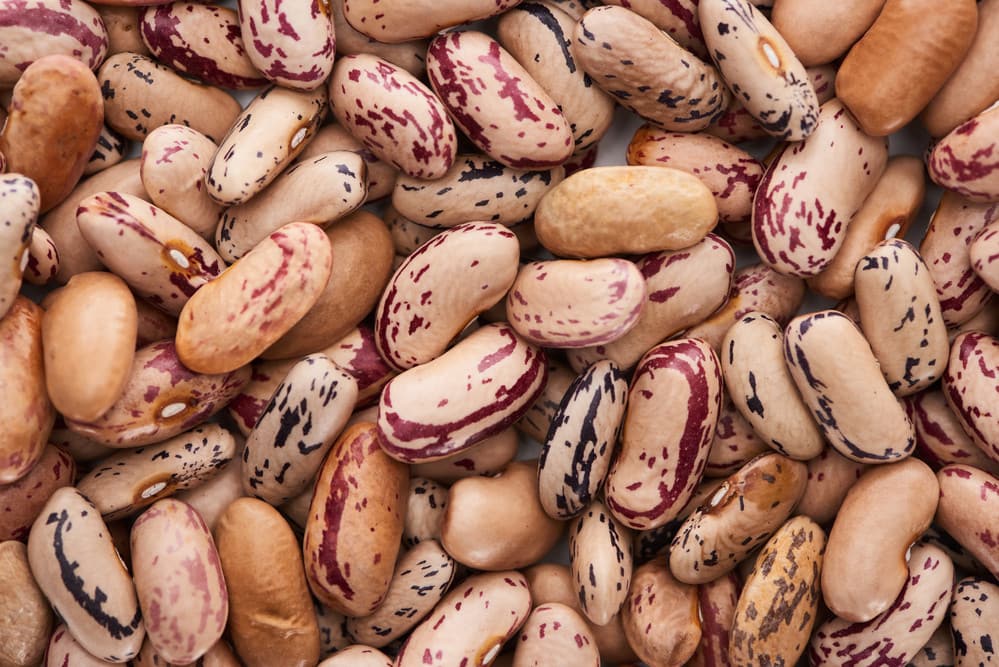
Some argue that legumes are actually pro-inflammatory since they contain compounds called lectins. However, lectins are deactivated when legumes are cooked, therefore posing no health concern (7). Examples of legumes include:
- Garbanzo beans
- Brown lentils
- Pinto beans
- Green peas
3. Colorful Fruits and Vegetables
Consuming a variety of colors of fruits and vegetables provides different antioxidants and phytochemicals, which are powerhouses for fighting inflammation. For example, blue and purple produce contains anthocyanins, orange produce contains beta carotene, and red produce contains lycopene (8).
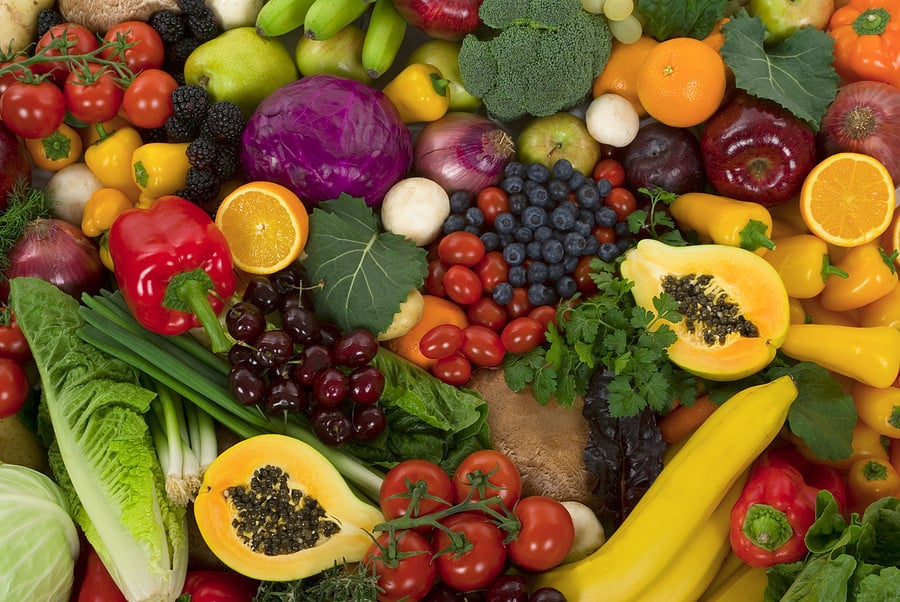
As a rule of thumb, try to “eat the rainbow” and eat a variety of cooked and raw produce to reap all the benefits they have to offer. Some of the most potent anti-inflammatory fruits and vegetables include:
- Green leafy vegetables
- Cruciferous vegetables, such as broccoli, cabbage, and cauliflower
- Cherries
- Tomatoes
- Berries
- Pomegranates
4. Nuts and Seeds
Nuts and seeds have been shown to lower levels of inflammation due to their unsaturated fat and antioxidant content (9). Raw nuts are generally preferred since vitamin E (a potent antioxidant) is decreased during roasting (10).

Consider a homemade trail mix for an easy anti-inflammatory snack. Particularly nutritious nuts and seeds include:
- Almonds
- Pumpkin seeds
- Sunflower seeds
- Brazil nuts
- Walnuts
5. Healthy Fats
Aim to include unsaturated fats from plants and omega-3 fatty acids as the primary fat sources in the diet. A diet rich in these types of fats is associated with reduced inflammation and reduced risk for heart disease (11).
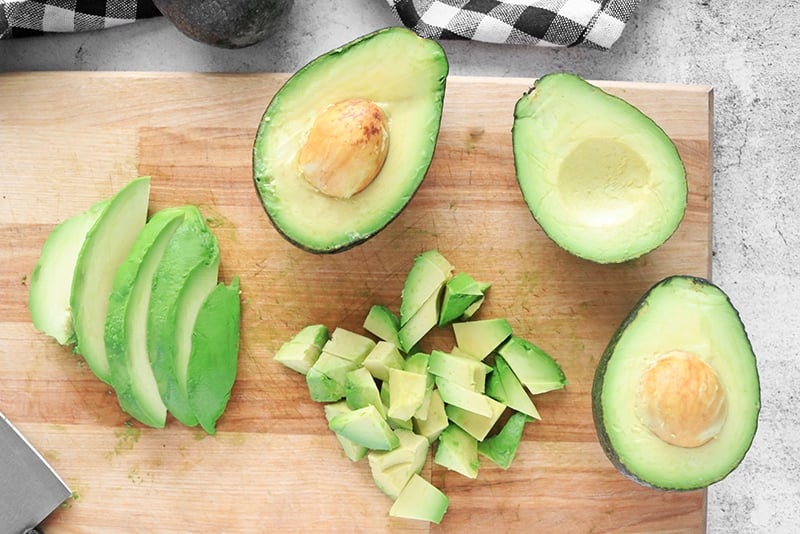
The following foods are excellent sources of healthy fats:
- Extra virgin olive oil
- Avocados
- Flaxseeds and chia seeds
- Salmon
- Tuna
Pro-inflammatory fats, on the other hand, are found in high-fat red meats and processed meats, such as bacon and sausage. They are also found in processed foods like margarine and peanut butter in the form of trans fat and hydrogenated oils.
Omega-6 fatty acids, such as soybean and canola oil, are also pro-inflammatory (11). Next time you’re at the grocery store, skip the margarine and look for natural peanut butter (the type you need to stir).
6. Fermented Foods
Fermented foods, or foods preserved with the use of bacteria, are a great source of probiotics and antioxidants. These can improve inflammation levels and also immune health by contributing to a healthy balance of gut bacteria (12).
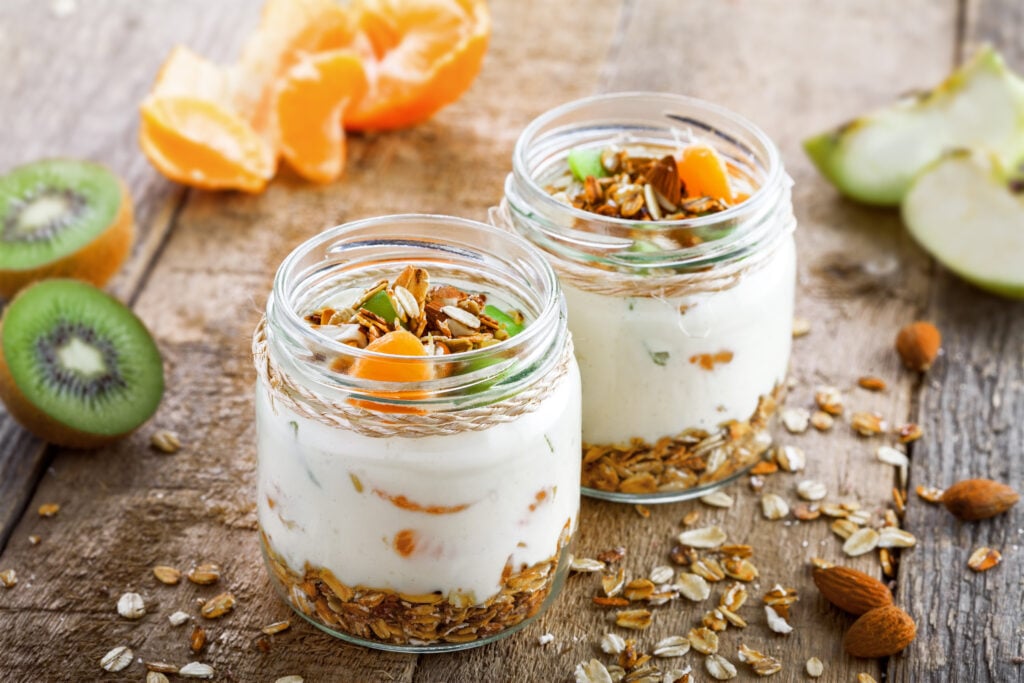
Examples of fermented foods include:
- Sauerkraut
- Yogurt
- Kefir
- Kimchi
7. Herbs and Spices
Humans have used spices for hundreds of years to treat various ailments. Current studies have confirmed that including herbs and spices in the diet can indeed play a role in reducing inflammation. For example, curcumin, the active compound in turmeric that gives the spice its bright yellow color, is well known for its anti-inflammatory and anticancer properties (13).

Some of the most studied herbs and spices on the topic of inflammation are:
- Turmeric
- Black pepper
- Cinnamon
- Garlic
- Ginger
8. Tea
Tea is a staple drink around the world and is used for medicinal purposes in many cultures. Tea is rich in various polyphenols and antioxidants, which have anti-inflammatory properties. The flavonoid content of green tea makes it particularly potent for reducing inflammatory markers (14, 15, 16).

Top anti-inflammatory teas include:
- Green tea
- Black tea
- Peppermint herbal tea
Tea can be an excellent alternative to pro-inflammatory beverages such as alcohol and sugary drinks like soda and juice (2, 3).
